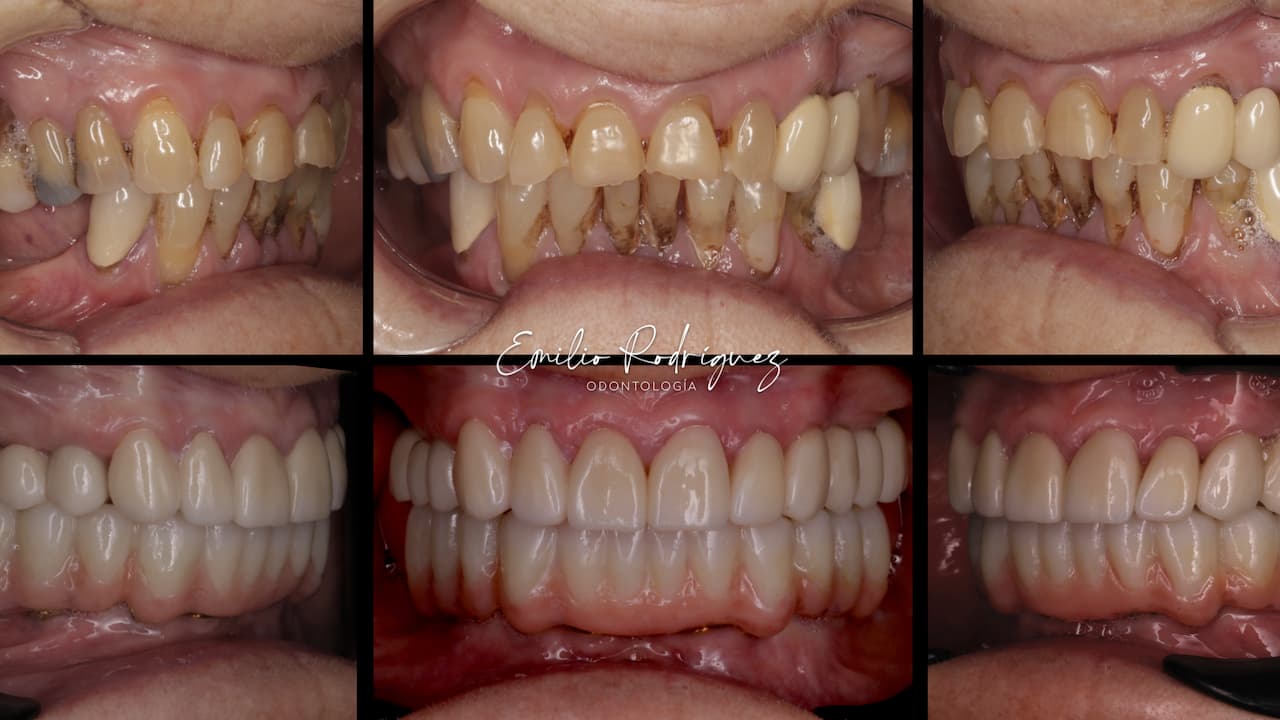Introduction
Dr. Emilio Rodriguez is a specialist in advanced oral surgery. In this clinical case, he used PIC system for a complete mandibular rehabilitation preserving natural teeth and pursuing an esthetic and functional restoration considering the presence of bone atrophy.
Clinical case
The patient is an 80-year-old woman searching for a solution for her deteriorating oral health. She expresses her wish to preserve as many natural teeth as possible.
Upon first examination, it was identified that the patient had advanced periodontal disease that was affecting several remaining teeth and molars. Bone atrophy was also observed in the posterior sections of the lower jaw.


To determine the best procedure, patient records were taken with a series of intraoral and extraoral photographs, as well as an intraoral scan and digital CBCT. A comprehensive treatment plan was developed, focusing on the strategic placement of MegaGen AnyRidge® implants.
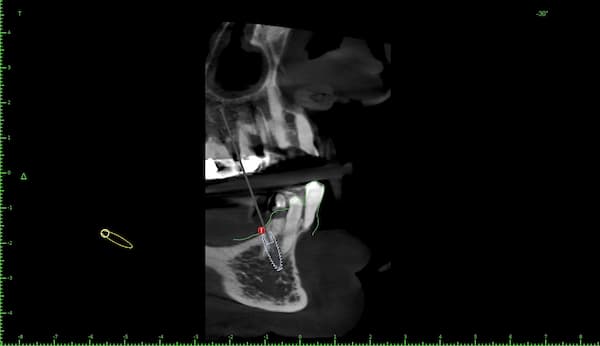
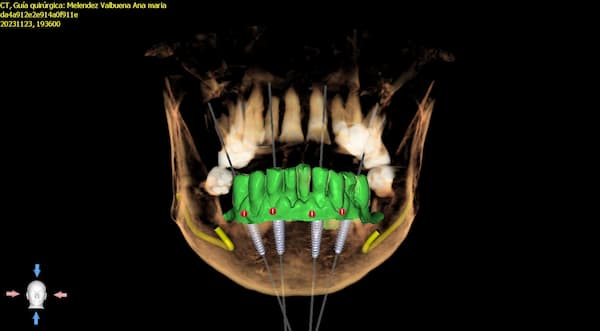

To respect the patient's wishes regarding the preservation of natural teeth, it was decided to keep multiple teeth in the upper jaw, rehabilitating them with zirconia crowns. In the lower jaw, a rehabilitation using All-On-4 rehabilitation was deemed appropriate giving the severe bone atrophy.
In the initial phase of the treatment, selective extractions of teeth were performed with immediate replacement by implants using the osseodensification technique. A total of 9 implants were placed, 4 in the upper jaw and 5 in the lower jaw.
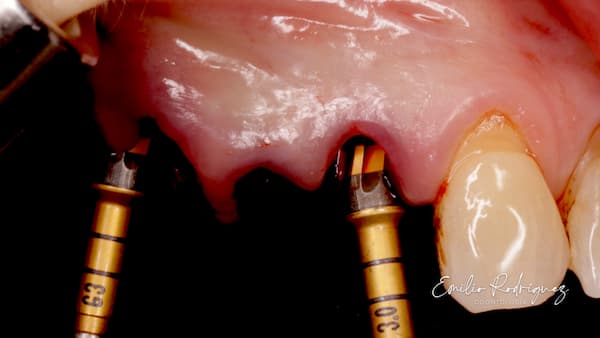
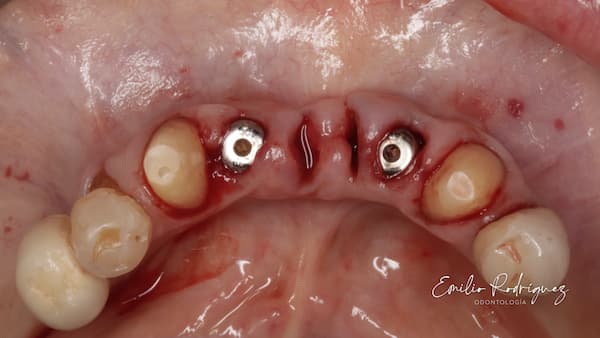
BOPT (Biologically Oriented Preparation Technique) was used to treat the remaining teeth in both arches.
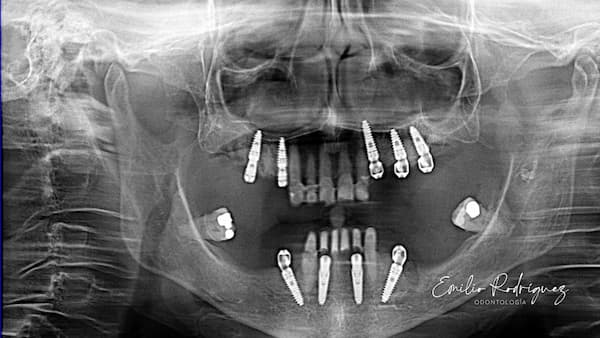

Radiograph and post-procedure view
Given the atrophic condition of the lower jaw, it was critical to restore both esthetic and functionality from the start. The prosthesis was pre-designed, and the spatial positioning of the implants was planned accordingly to ensure an optimal outcome from day one.

In this step, the use of the PIC system was essential to ensure a precise passive fit and prevent micromovements. Digital impressions were taken with PIC system and integrated into a CAD/CAM process to design and manufacture both the PMMA provisional prosthesis and the final prosthesis (titanium and PMMA for the lower jaw, and zirconia for the upper jaw).



A routine follow-up of the case is performed one year after treatment. In this revision, the successful osseointegration of the implants is confirmed and healthy tissue response and proper preservation and fit of the prostheses are observed.

This case was performed by Dr. Emilio Rodriguez in Madrid, Spain in 2024.
